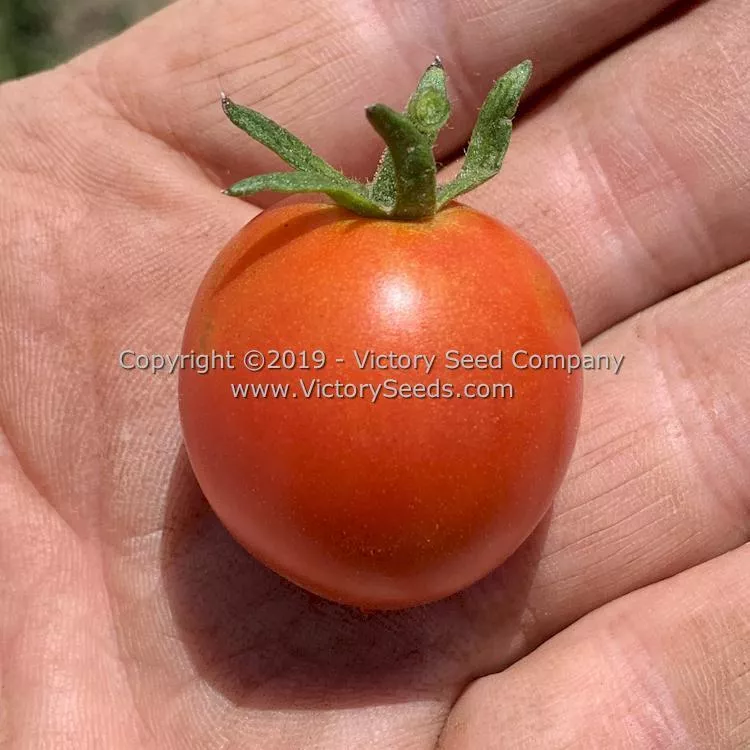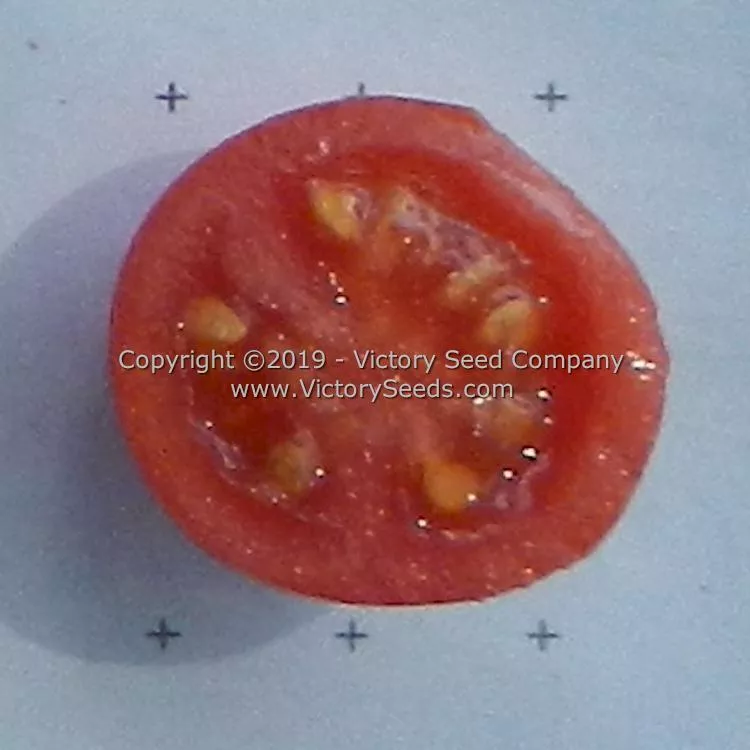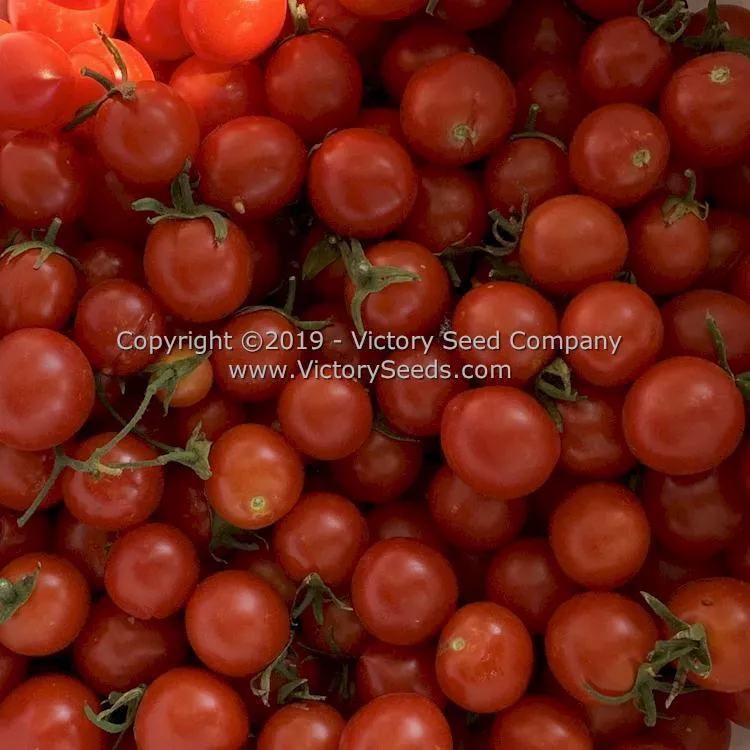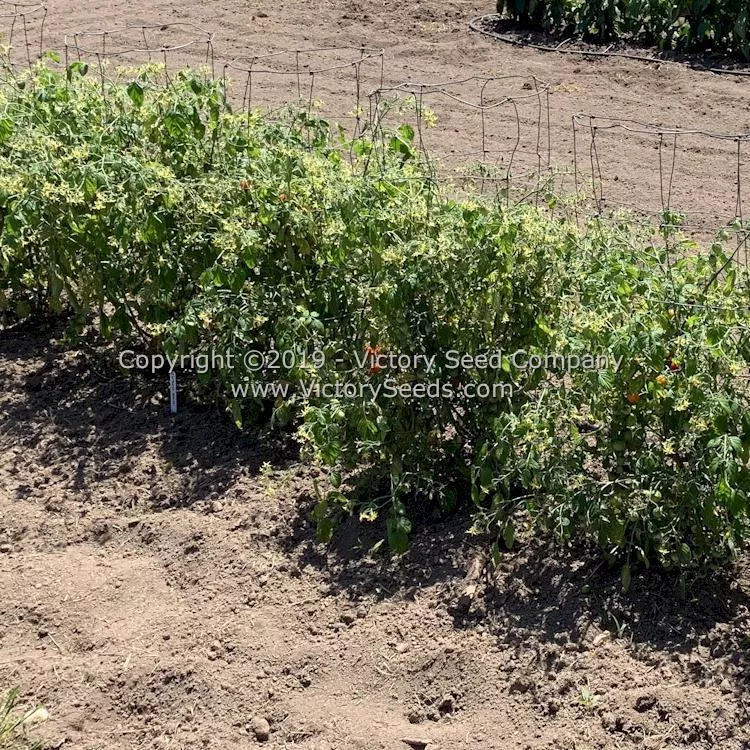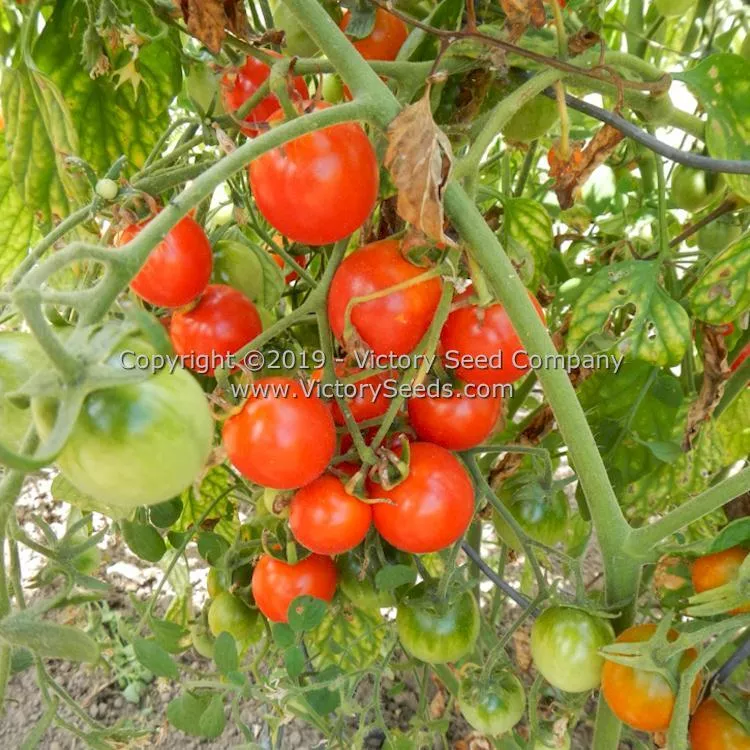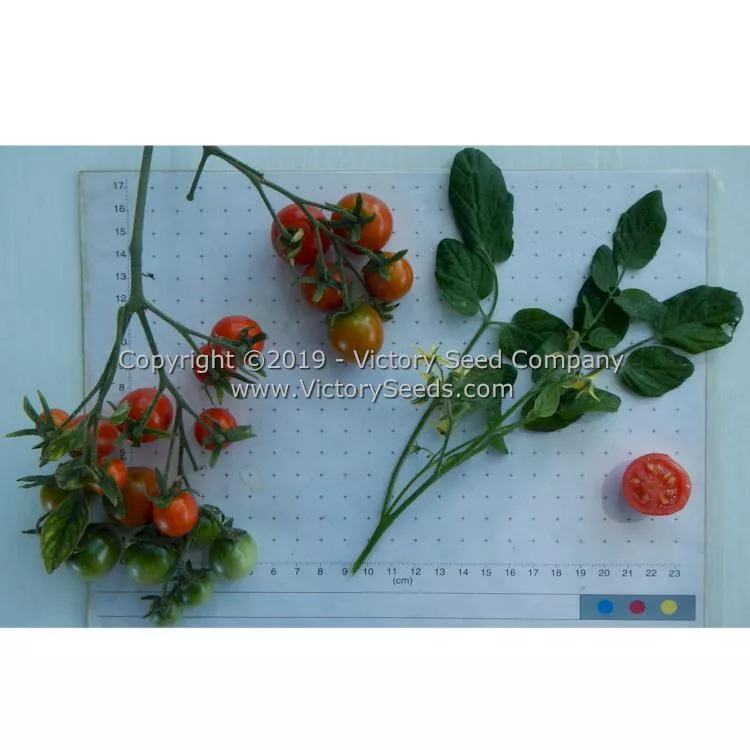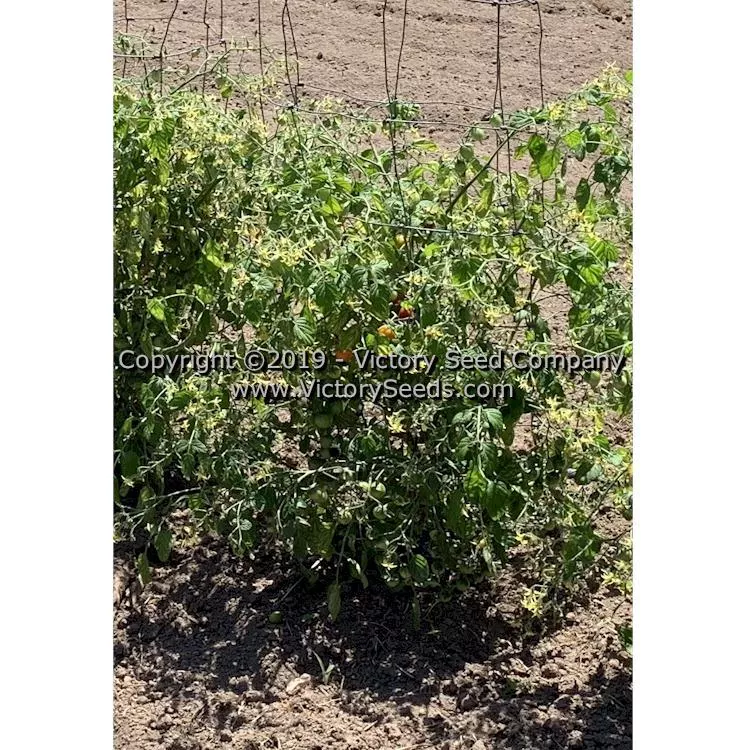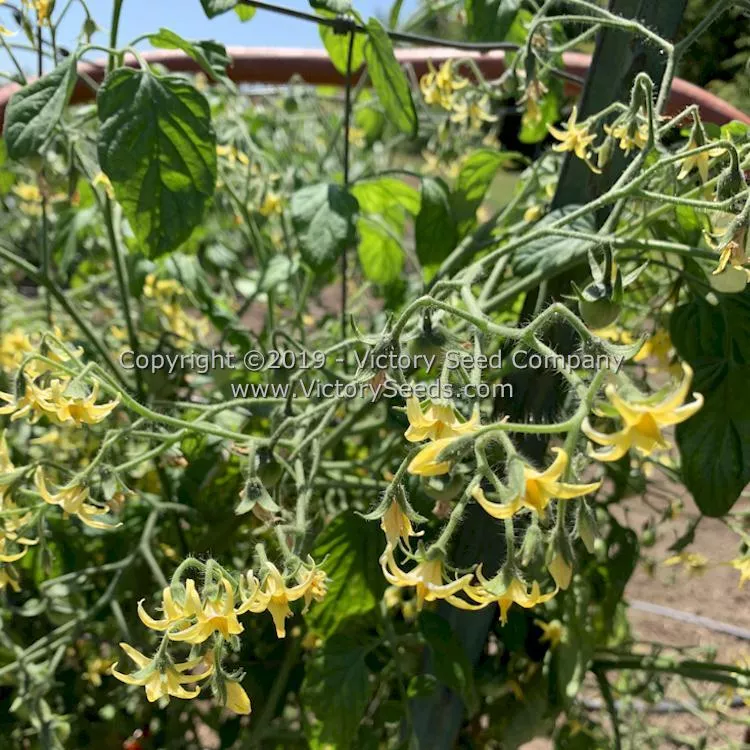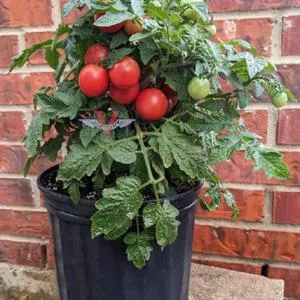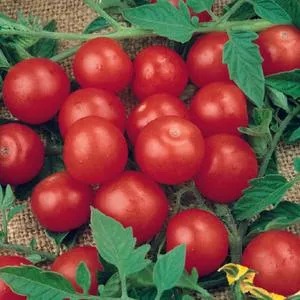







Farthest North Tomato
Price: $3.45
SKU: 3404781'Farthest North' was bred at the North Dakota Agricultural Experiment Station by renowned horticulturalist, Dr. Albert F. Yeager from a stabilized cross between 'Bison' and a wild current-type, 'Solanum pimpinellifolium' tomato and introduced in 1934.[1,2] Our original seed was USDA accession number PI 370088.
Fruit Color: Red
Harvest Timing: Early/Short Season
Genetic Classification: Open Pollinated
Full light and cooler temps (60° to 70°) will help to prevent the seedlings from becoming too leggy. If plants become rootbound before you can safely set them into the ground, transplant them into larger pots.
Harden off plants before planting outside. Young plants are very susceptible to frost and sunburn damage. Avoid too much nitrogen. Water evenly but not in excess.
Click here to view our full tomato growing guide.
- "Tomato Bacterial Speck Research," R. E. Pitblado, Ridgetown College of Agricultural Technology, Ridgetown, Ontario, 1978.
- "Yearbook of Agriculture," USDA, 1937, page 186.
Customer Reviews:
By Jim Speer (Pennsylvania) on June 22, 2024
Planted out the end of April. Today is June 22 and the first tomatoes should be picked in a couple of days.I never had tomatoes before July 4th. before. The plants are brimming with blossoms and fruit. 58 days! That's pretty good.
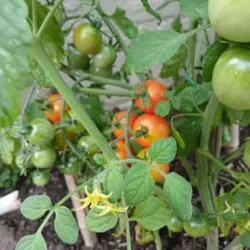
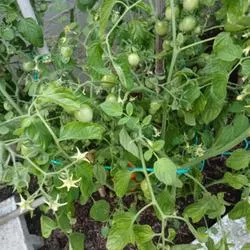
By Elena (Ohio) on June 20, 2024
Compared to standard slicing tomato plants, Farthest North appears to be a runt. How first impressions can fool us...this runt cranks out flowers and fruits almost faster than the plant itself can grow. From planting seed under lights in mid-April, sticking in the garden, and first fruit harvest, was about 60 days. (Picked first tomatoes on June 17th, which is nearly a month earlier than most cherry tomatoes we've grown over the years.) This is the first year trying Farthest North, so who knows how large the plant will eventually grow, but even at this early age it appears to be a real winner that we will continue to plant in years to come. Of all the cherry tomatoes we've planted over the decades, Farthest North is definitely the earliest, as well as a heavy producer. Give it a try!
By Cindy Nipper (Rigby, Idaho) on August 23, 2022
I planted a large variety of tomato plants this year in my small garden. I transplanted my tomatoes the first week of June and Harvested my first two tomatoes Aug 23. That's 77 days.<br>The plant is small, bushy and was covered with flowers and no fruit while many of my other tomato varieties were producing good sized fruits. I plucked off the flowers that would not have time to produce fruit before our expected first freeze of Sep 30, on Aug 15.<br>The taste is delicious, the size is much smaller than I was expecting. About the size of my finger print. I did not have a great germination rate of seeds actually grow. Maybe 33%. I winter sowed my seeds. I surrounded the tomatoes with borage, calendula, nasturtiums, celery, peas, onions, and lettuce. None of my basil grew this year, but I usually companion plant with basil as well.<br>There was no need for a trellis for this small upright bush, but I planted in a raised bed with deep leaf mulch. I fertilized with comfrey tea.
By R. Tav on October 14, 2020
Very new to gardening. First year growing tomatoes in Western Washington. These went off like a bomb. Planted two seeds, got two plants, and they stopped for nothing. As of today Oct 14th they are still producing. Only with this most resent storm have I seen any of the fruit split. These tomatoes are also very tasty. I like them better than most other cherry types I have tried. Absolutely a winner.

